| Coad | 663958 | Typical Applications | - | |
| Type | Metal-Coated Mirror | Clear Aperture | - | |
| Substrate | UVFS | Parallelism | - | |
| Diameter(mm) | 12.70 | Surface Quality S1 | 20-10 | |
| Diameter Tolerance | +0/-0.1mm | Surface Quality S2 | - | |
| Thickness(mm) | 4.00 | Surface Flatness | λ/10@633nm | |
| Thickness Tolerance | +0/-0.1mm | Laser Damage Threshold | - | |
| Wavelength(nm) | 350 - 2500 | GDD | - | |
| AOI(°) | 0 - 45 | Coating Type | Metallic Coating | |
| Coating Specifications | R>99.5%@350-2500nm | |||
In femtosecond and picosecond laser systems, selecting the right mirror is essential to ensure laser performance and system stability. You may ask: Are standard mirrors suitable for ultrafast laser systems? Can they preserve the temporal characteristics of the laser beam? Can they withstand extremely high peak intensities? With professionally designed ultrafast mirrors, these concerns are fully addressed.
Metal-coated mirrors are vital components in optical systems, widely used in laser setups, precision measurement instruments, and optical experiments. Compared with traditional dielectric mirrors, metal-coated mirrors provide broader spectral coverage and higher reflectance across multiple wavelength ranges, ensuring stable and efficient reflection performance.
These mirrors cover a wide spectral range from the ultraviolet (UV) to the infrared (IR). They are especially effective in the visible, near-infrared (NIR), and mid-infrared (MIR) regions. For example, common aluminum- and gold-coated mirrors can efficiently reflect light from 200 nm to 2500 nm, achieving reflectance levels of 98–99%. This high reflectivity not only enhances optical energy utilization but also ensures effective transmission of laser energy within the system.
In addition, thanks to the inherent physical properties of metallic coatings, these mirrors exhibit excellent resistance to temperature fluctuations and environmental variations. They maintain stable optical performance even under high humidity, elevated temperatures, or harsh conditions. Their robust mechanical strength and corrosion resistance guarantee long-term reliability and durability.
Notes for Use: For optimal performance, store and operate at 25 °C with 40–60% relative humidity. If contamination occurs, clean gently with dust-free lens tissue moistened with >99% alcohol. Avoid rough fabrics, water, or abrasive cleaners to prevent coating damage.
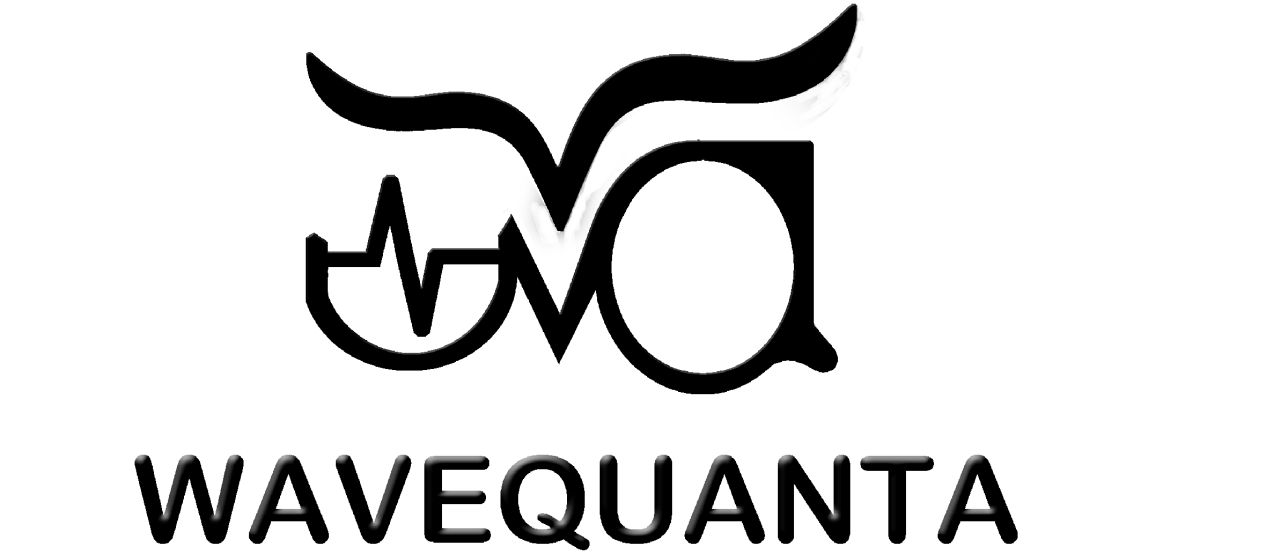




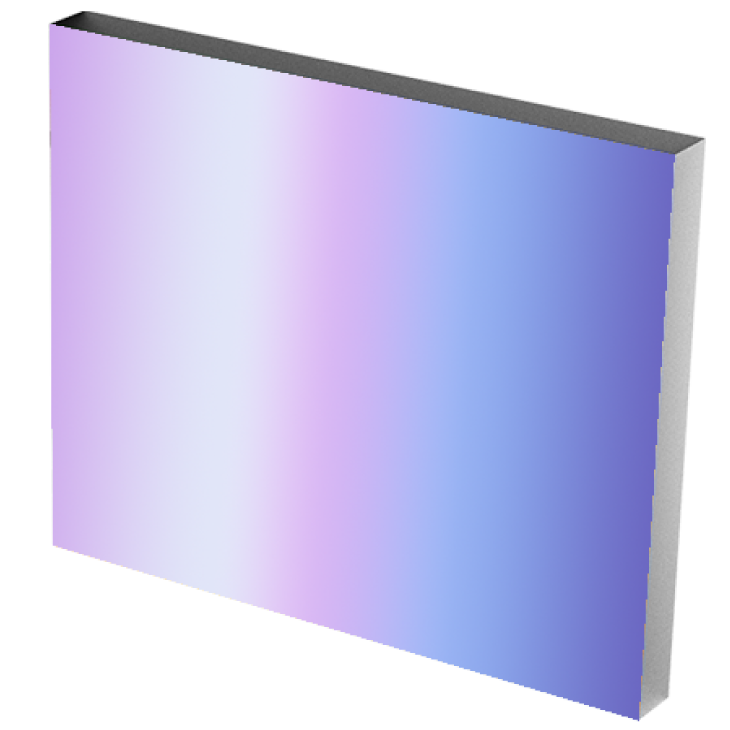



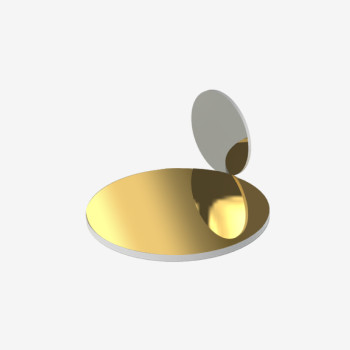

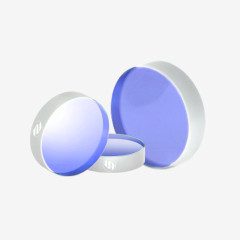
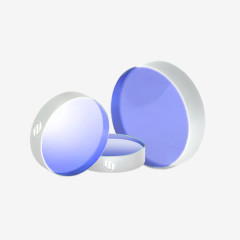
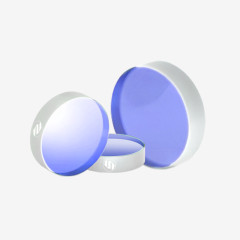
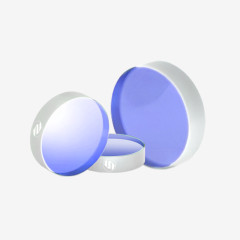
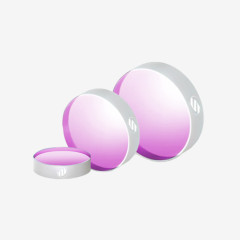
Product evaluation
%High praise
There are comments